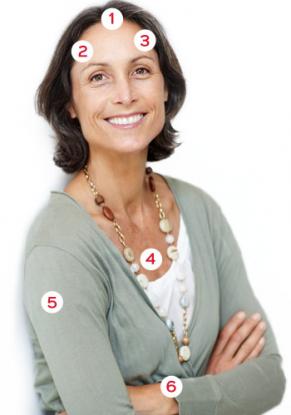
Being active can help you stay healthy in many ways. Here you will read about how different types of exercise can provide health benefits throughout the body, both during the day and at night, so you can enjoy lifelong good health.
HOW CAN PHYSICAL ACTIVITY HELP MY HIV?
Exercising has many mental and physical health benefits. Although physical activity does not fight or control HIV, it can help you feel better and improve your overall health.
There are two main types of physical activity:
- Aerobic training, such as walking, running, swimming, gardening and cycling which can improve cardiovascular health
- Strength training such as weight lifting or body weight exercises (press-ups, sit-ups, squats etc.), which can increase muscle growth
Both types of activity are beneficial to your health, but strength training is one of the best ways to increase lean body mass and bone density, which could be lost through HIV, as it has been shown to encourage muscle and bone growth in the general population.
SOME MORE GENERAL HEALTH BENEFITS OF REGULAR EXERCISE INCLUDE:
- Improved quality of sleep
And extra energy throughout the day
- Improved mental and emotional wellbeing
Through the release of chemicals (endorphins), which can help relieve depression and stress
- Stimulation of the brain
Which can improve your memory

- Reduced risk of heart disease
- Increased strength and flexibility
Making daily tasks and activities much easier
- Maintenance and control of your body weight
Helping you achieve a body image that you are happy with
How often should I be active?
The average adult should try to engage in physical activity every day. Find out what you can do to try and stay active each week below:
Or
Or
A good rule is that one minute of vigorous activity provides the same health benefits as two minutes of moderate activity.
One easy way to do your recommended 150 minutes of weekly physical activity is to do 30 minutes, 5 days a week.
